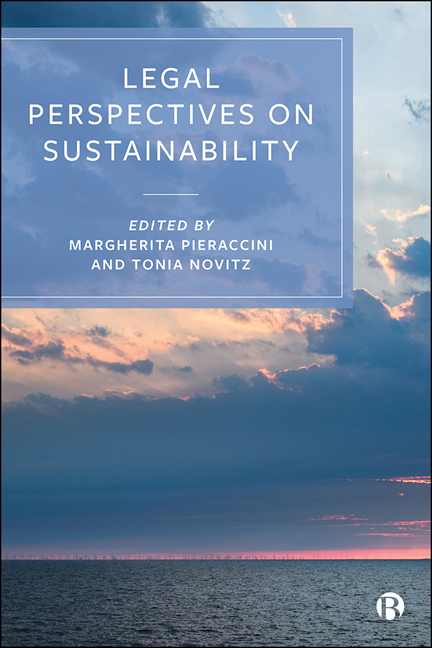8 - Sustainability and Marine Conservation Law
Published online by Cambridge University Press: 03 March 2021
Summary
Introduction
Oceans, seas and coastal areas provide countless ecosystem services, from provisioning services such as harvestable biological resources to regulating services such as carbon storage to recreation services (Peterson and Lubchenco, 2003). At the same time, oceans are perhaps the quintessential ‘common pool resource’, that is, a resource system where ‘the exclusion of potential appropriators is costly or limiting appropriation rights of existing users is nontrivial (but also not necessarily impossible) and the yield of the resource system is subtractable’ (Ostrom, Walker and Gardner, 1994: 4). Indeed, oceans’ physical characteristics are such that they lack clear boundaries and fixed owners/ occupiers, making it more difficult to exclude users. At the same time, oceans host a vast array of attractive resources and biodiversity that are subtractable and are often subject to overexploitation. It is not by chance that Hardin included the oceans as one example of commons destined to tragedy (Hardin, 1968). Thus, it is not surprising that calls for the conservation of oceans abound in international and national policy and law.
Indeed, Sustainable Development Goal (SDG) 14 of Agenda 2030 (life below water) is fully centred on the conservation and sustainable use of the oceans, seas and marine resources. SDG 14 reiterates and gathers together previous international policy commitments related to the conservation of the marine environment, found in Chapter 17 of Agenda 21 (UN, 1992), in the Plan of Implementation of the World Summit on Sustainable Development (UN, 2002) and in The Future We Want (UN, 2012, ss 158– 77), as well as in Conferences of the Parties’ decisions on the Convention on Biological Diversity (for example, UNEP, 2004; UNEP, 2011) and in Aichi target 11 (Secretariat of the Convention on Biological Diversity, 2010). Indeed, SDG 14 sits within a wider policy and legal context that for decades has pushed for the conservation of the marine environment, listing programmes of measures and tools for its achievement.
- Type
- Chapter
- Information
- Legal Perspectives on Sustainability , pp. 213 - 236Publisher: Bristol University PressPrint publication year: 2020



